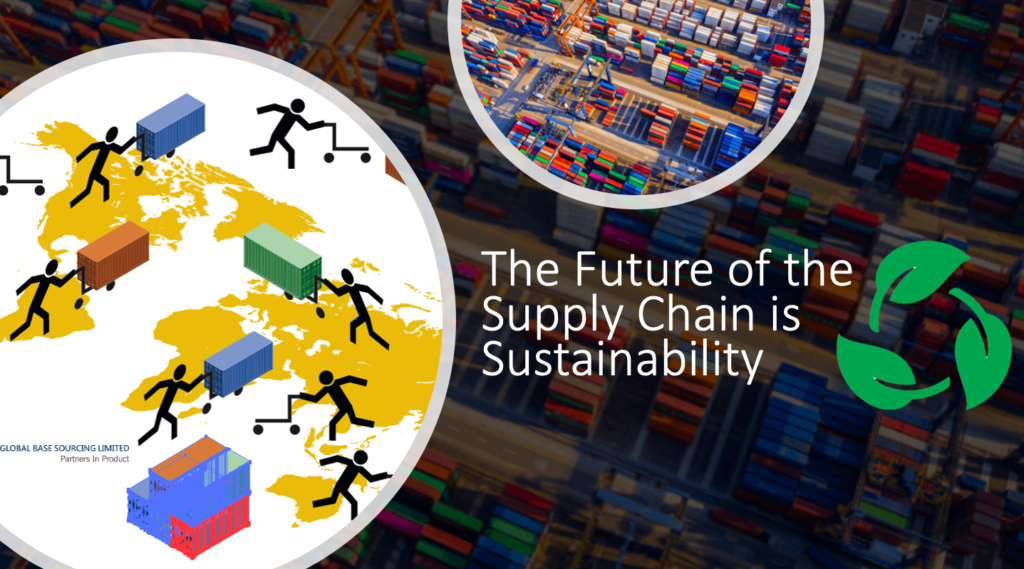
Get Into The Green Scene: A Win-Win Proposition
A Nielsen report revealed that fast-moving sustainable consumer goods touched the 150.1 billion USD in 2021. Consumers are becoming more aware of the harmful effects on the environment due to specific products, resulting in a massive paradigm shift in consumer behavior that has fuelled the trend of sustainable sourcing.
Sustainability is the collective responsibility to bring transformation to the environment. Factory owners should be pragmatic in finding solutions and understand that today’s actions will have implications for tomorrow. Therefore, the world should consciously progress towards paving a better tomorrow through incorporating sustainable business initiatives.
The time has come to adopt the sustainable product lines suitable to the realities of the new era—leverage the capabilities that reside around the world, preventing the risks associated with the future disruptions that are certain to occur while maintaining resiliency.
Resilient and Responsible Supply Chains
A transparent, sustainable, and resilient supply chain begins with traceability, responsible sourcing solutions, and responsibly adopting climate-smart practices. Businesses must strive continuously to source their raw materials responsibly, aiming to protect the land, soil, trees, and water.
By following regenerative and fresh practices, businesses can significantly reduce environmental degradation while simultaneously optimizing production measures through a comprehensive action plan. Optimal utilization of ecological resources combined with regular quality checks—is an essential step in that direction.
To build customer-centric products, e-commerce companies emphasize phasing out of identified single-use plastic items and seek environmentally friendly alternatives.
Customer Needs Are Evolving
Markets are evolving according to market research reports, and product ideation should be in accordance with consumer behavior. In today’s ever-evolving business environment, markets are already flooded with thousands of products, and more numbers are added daily, so it is an ideal challenge for companies to ideate a product that functions differently from the rest. In addition, consumers are more enticed and drawn toward fresh and sustainable products, which are operationally less complex and different from the rest. Building a never-before-seen product can be tedious, but it may also be effective in amplifying the value of existing products in the markets by upgrading them in an environment-friendly manner.
When creating a scalable and efficient product, it is pivotal for factories to place product design at the forefront of innovation while simultaneously placing user needs at the forefront of design.
To achieve improved business agility in a highly dynamic market, businesses need to redesign their supply chains to gain a competitive edge, and only those who can crack the code of coordination and information sharing can see this happening. Customers and brands demand visibility, high-quality service access, and real-time status updates. To manage functions more properly, emergent data-driven management of supply chains can optimize core aspects of operations.
Conclusion
With accelerated post-pandemic disruption, enterprises needed to reinvent themselves to be resilient and agile, learning to balance short-term challenges with long-term evolution. Product sourcing is not limited to one step— maintaining the quality and integrity of the product is essential throughout the process and strengthening the relationship with the supplier.
As enterprises face a storm of transformation across the globe, today’s supply chain leaders must transform business models, organizational structures, and operations to thrive today and in the future.





